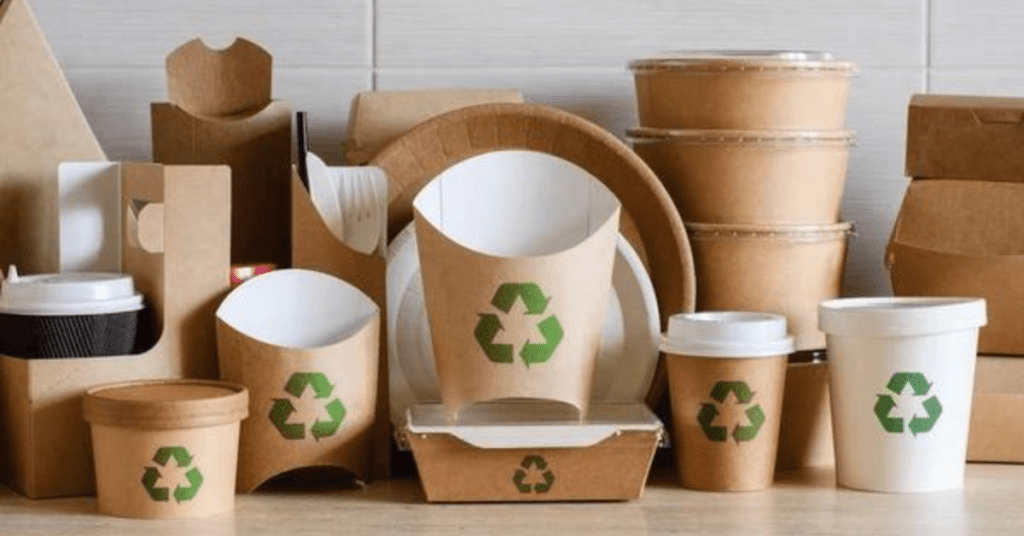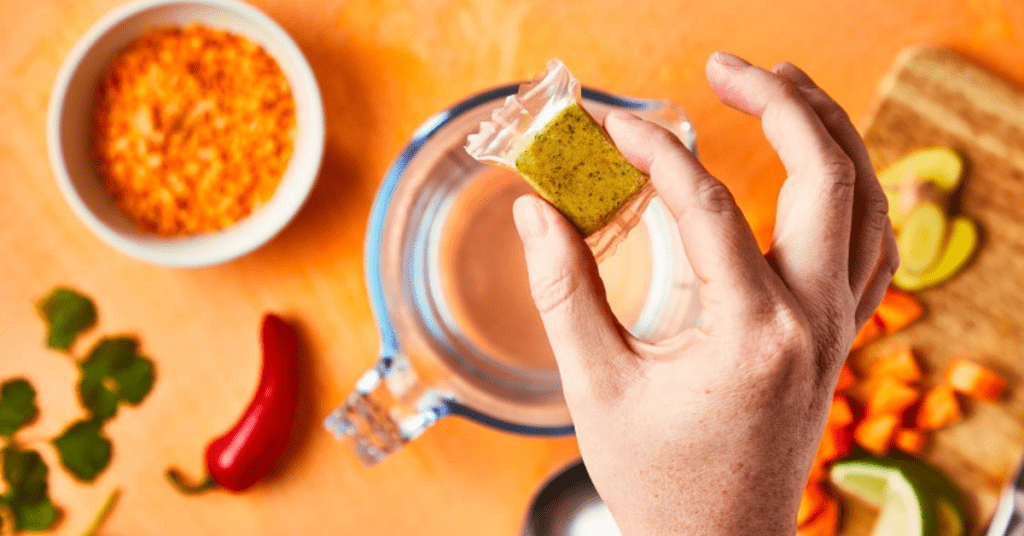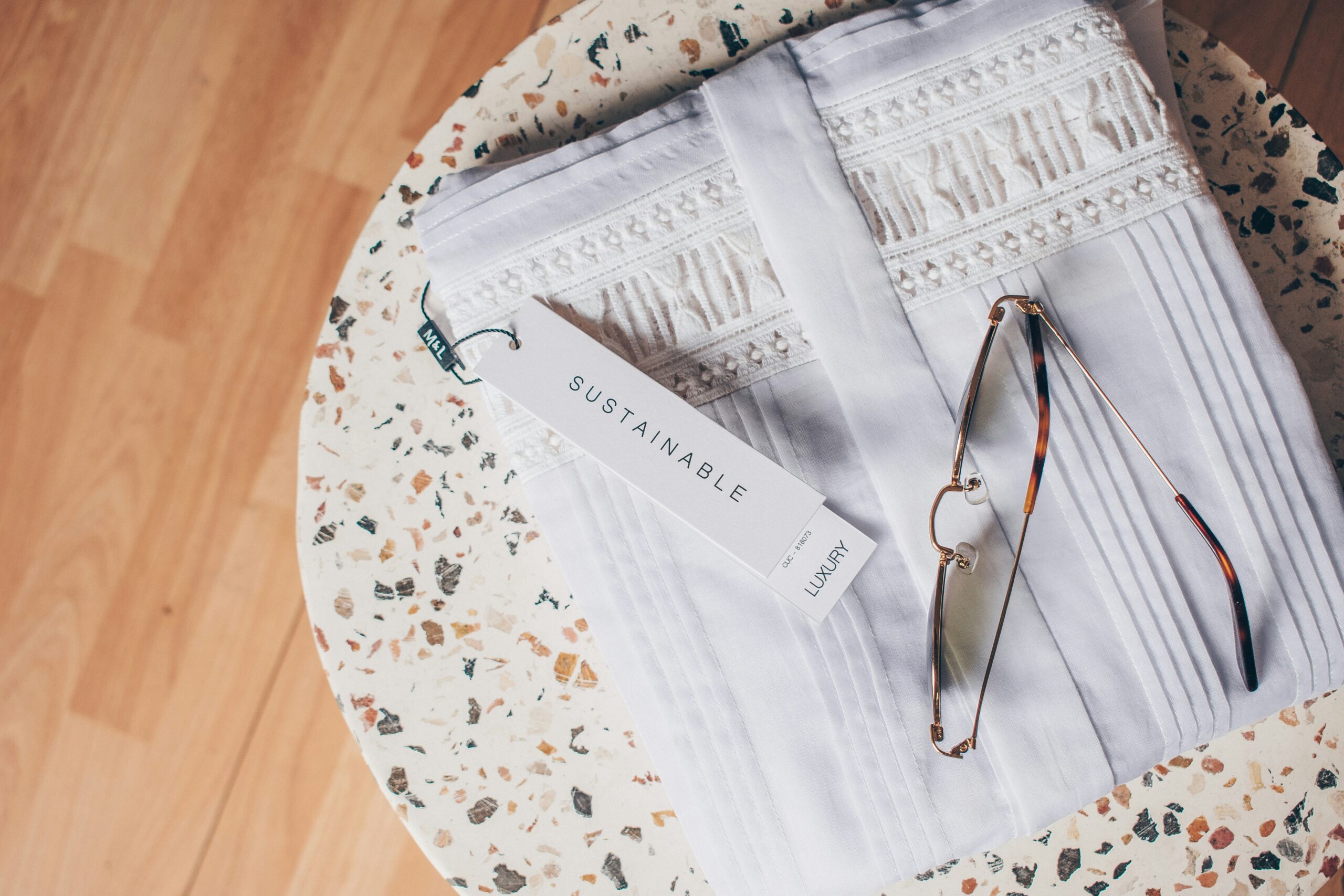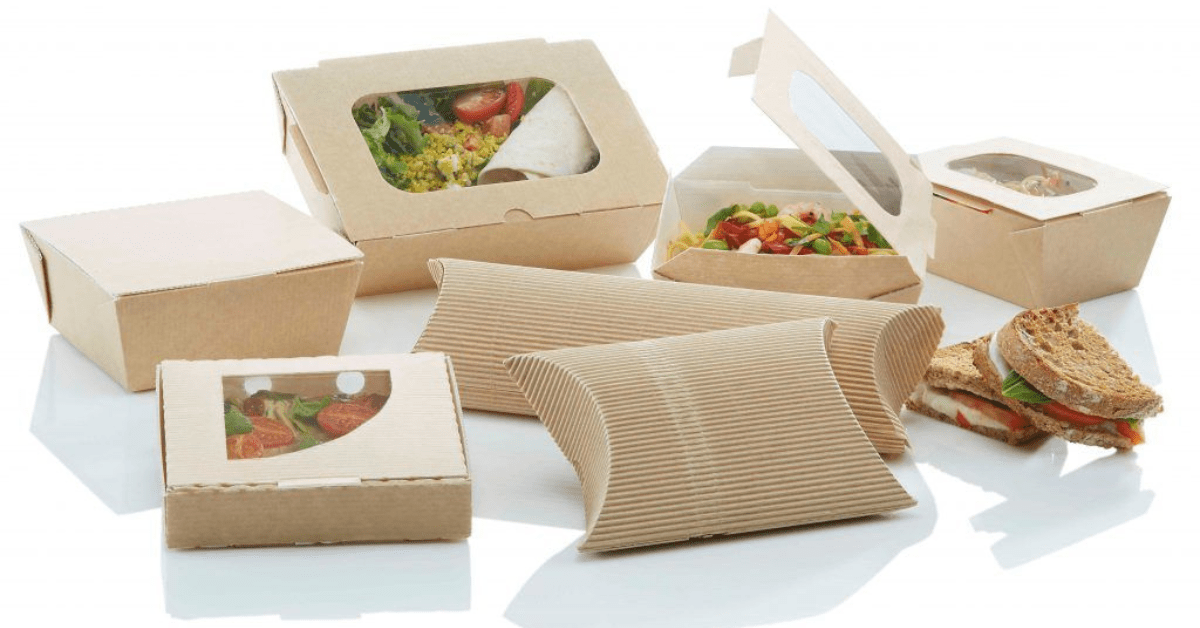In the state-of-the-art world, in which environmental concerns are at the leading edge of global discussions, the meals industry faces a widespread task: a way to bundle products sustainably whilst maintaining freshness and convenience. Food packaging plays an essential position in preserving meals best, extending shelf lifestyles, and preventing infection.
However, the conventional materials utilized in packaging, together with plastics and Styrofoam, have detrimental results on the surroundings, contributing to pollutants and waste accumulation. This weblog delves into the innovative eco-friendly food packaging answers emerging to cope with those pressing environmental problems.
The Impact of Food Packaging on the Environment
Environmental Consequences of Conventional Food Packaging
Conventional meal packaging, frequently crafted from non-biodegradable materials like plastic, poses an intense chance to the environment. Single-use plastics, inclusive of meal containers, luggage, and wrappers, contribute significantly to pollutants, harming marine life and ecosystems. Moreover, the production and disposal of plastic packaging release greenhouse gases, exacerbating weather exchange.
Addressing the Challenge: Eco-Friendly Alternatives
To combat the unfavorable environmental effects of conventional food packaging, the enterprise is more and more turning to green options. These solutions prioritize sustainability, using biodegradable, compostable, or recyclable materials that decrease environmental impact at some stage in their lifecycle.
Innovative Eco-Friendly Food Packaging Solutions
Biodegradable Packaging Materials

Biodegradable packaging substances, including bio-based plastics, compostable paper, and plant-based total films, provide a sustainable alternative to conventional plastics. These materials damage down evidently over time, reducing pollutants and waste accumulation. Biodegradable packaging is mainly useful for unmarried-use objects like utensils, cups, and meal wrappers.
Compostable Packaging
Compostable packaging mimics the herbal decomposition method, allowing products to break down into organic be counted when composted. Made from renewable sources like cornstarch, sugarcane bagasse, or bamboo fiber, compostable packaging reduces the load on landfills and gives nutrient-wealthy compost for soil enrichment.
Edible Packaging

Edible packaging takes sustainability to the next stage by imparting packaging materials that aren’t only biodegradable but also consumable. Innovations in edible packaging consist of fit-for-human-consumption movies crafted from seaweed, starches, or fruit extracts, presenting a novel and eco-friendly way to package food even as minimizing waste.
Reusable Containers
Reusable bins and packaging structures promote a circular economic system by way of minimizing single-use packaging waste. From glass jars and chrome steel packing containers to beeswax wraps and silicone bags, reusable packaging alternatives provide durability and flexibility, reducing the need for disposable packaging and maintaining sources.
Conclusion
In the journey from farm to table, food packaging plays a critical function in maintaining food great and ensuring patron protection. However, the environmental impact of conventional packaging materials can not be disregarded. Fortunately, progressive green solutions are emerging to address these challenges.
By embracing biodegradable materials, compostable packaging, edible improvements, and reusable boxes, the food enterprise can transition toward a greater sustainable packaging atmosphere. Together, clients, businesses, and policymakers can make contributions to a greener destiny wherein food packaging is green and effective in safeguarding our planet’s assets.
Frequently Asked Questions (FAQs)
Ans. Eco-pleasant food packaging helps reduce environmental pollutants, preserve sources, and minimize waste, contributing to an extra sustainable meal gadget.
Ans. Yes, many eco-friendly packaging substances offer similar or even higher performance in terms of preserving meals’ freshness and greatness.
Ans. Consumers can select merchandise packaged in green substances, lessen single-use packaging intake, and nicely dispose of or recycle packaging waste.
Ans. Challenges consist of fee concerns, confined availability of green materials, and the want for infrastructure to aid recycling and composting applications.
Ans. Regulations and policies can incentivize the usage of sustainable packaging materials, impose restrictions on single-use plastics, and encourage innovation in packaging design.














